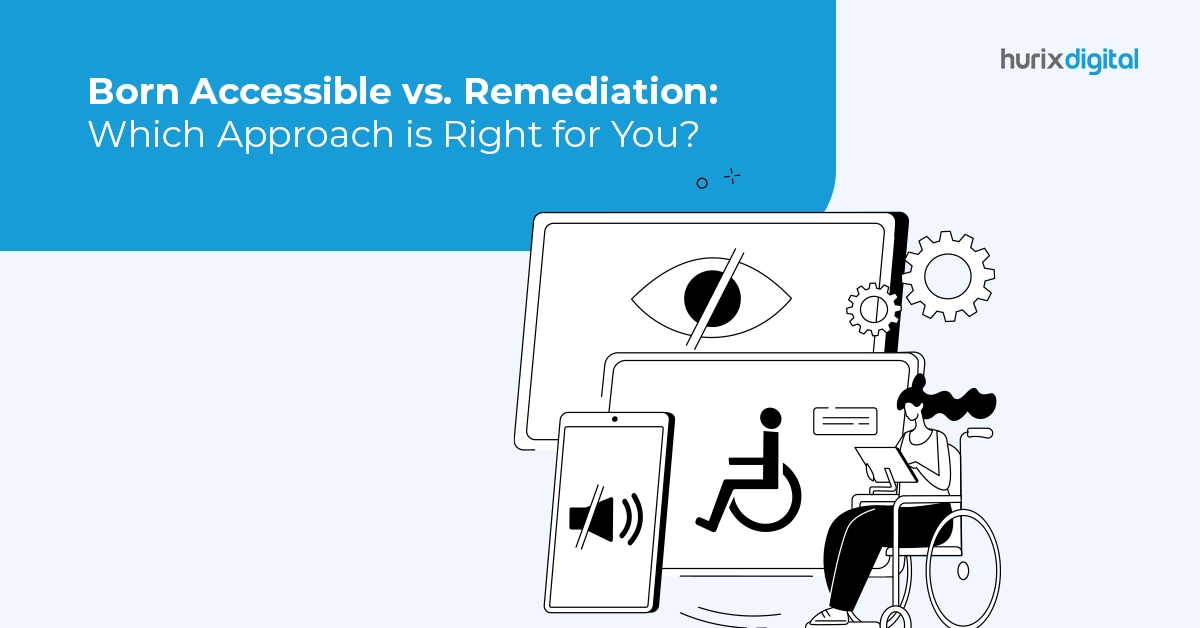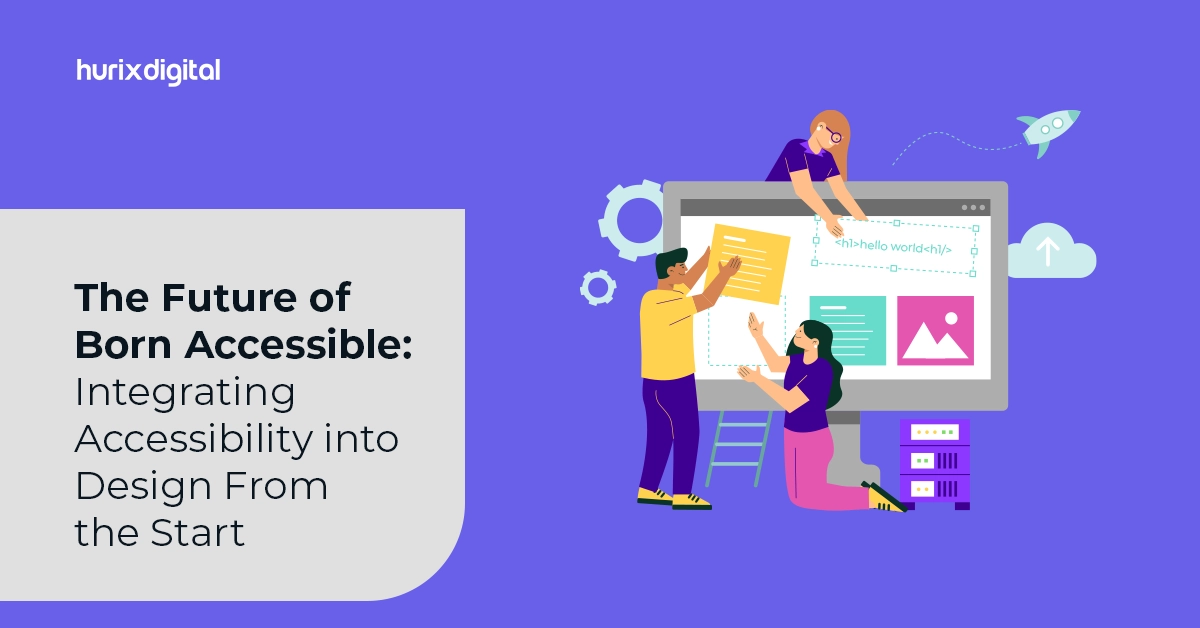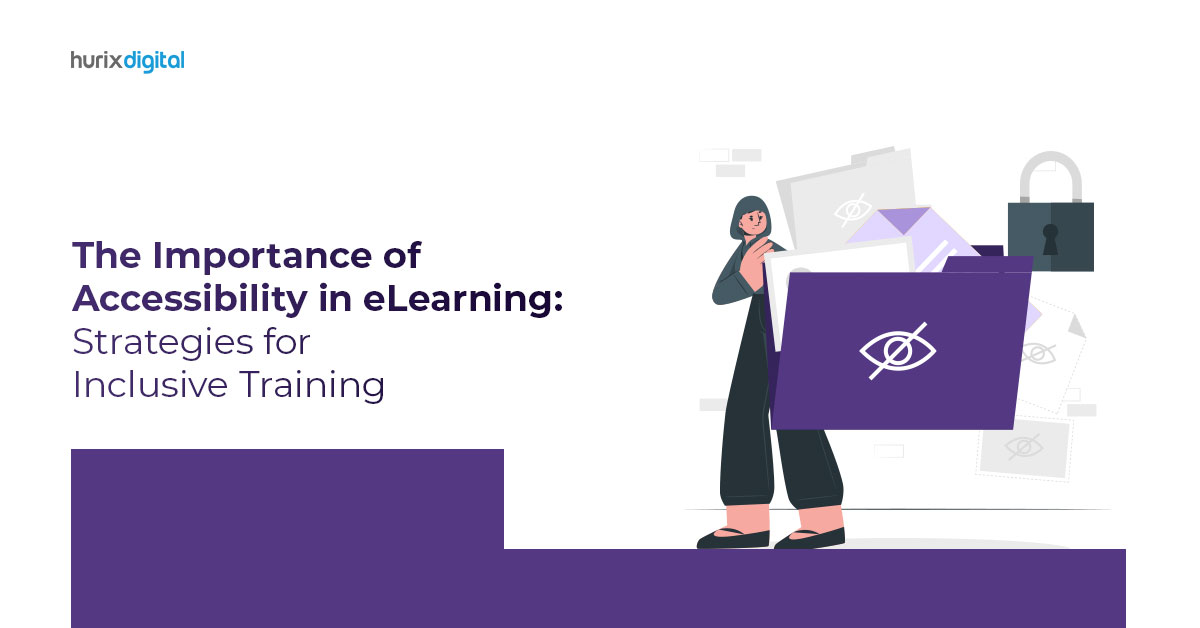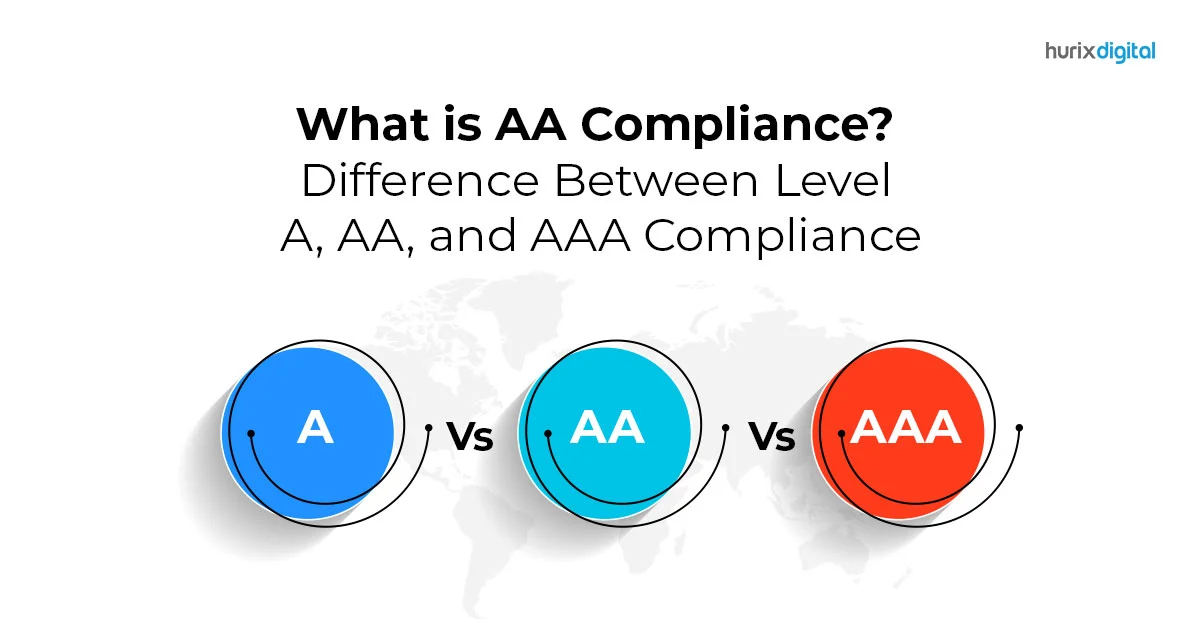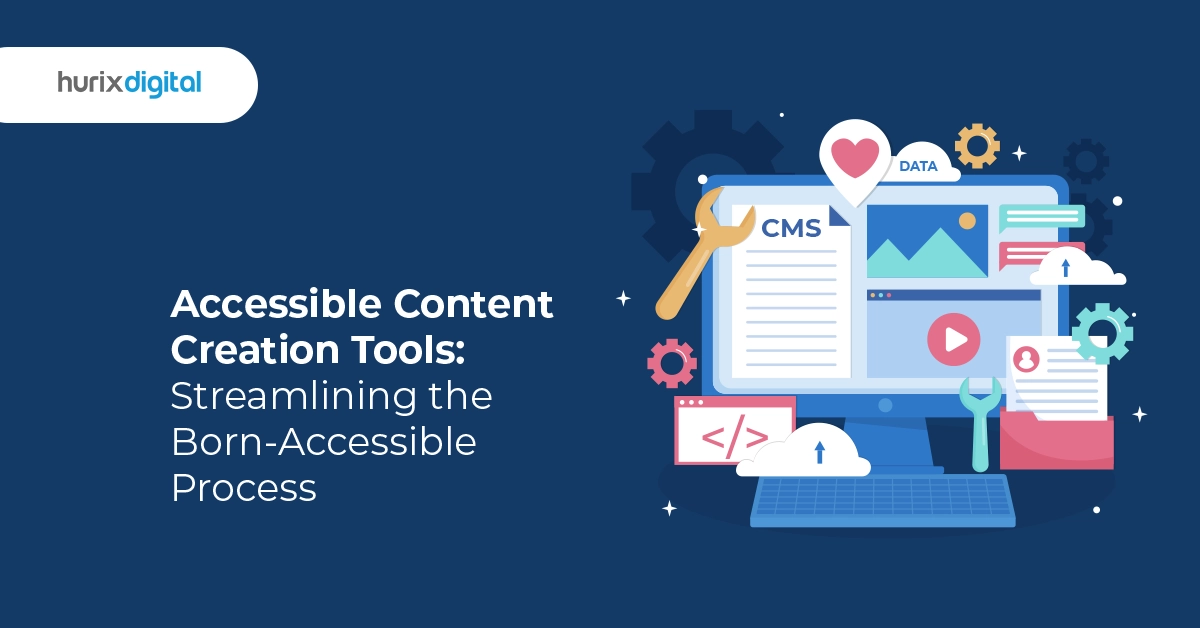
Accessible Content Creation Tools: Streamlining the Born-Accessible Process
Summary
Discover tools that simplify the creation of accessible content. This article provides tips for streamlining the born-accessible process and ensuring inclusivity from the start.
Disabilities can deprive people of the joy of reading. A cerebral palsy-afflicted person, for example, cannot carry or flip through the pages of the book, whereas a dyslexic person finds it hard to decipher the page content.
Therefore, eBooks must be created so that all can easily decode the content. The Born-Accessible process facilitates the creation of accessible content compatible with all eBook readers and adheres to international standards.
It ensures that individuals with disabilities can enjoy reading like everyone else and promotes inclusivity and equality in access to literature.
Table of Contents:
- Understanding the Born-Accessible Process
- Characteristics of Born-Accessible Content Creation Tools
- Key Features Expected in Born-Accessible Tools
- Top Tools for Accessible Content Creation
- Final Words
Understanding the Born-Accessible Process
In the modern world, equal opportunities must exist for all to access any content available on the market and read it.
Discrimination-free accessibility to reading resources and the ability to enjoy the quality of content will open the doors for everyone to assimilate knowledge and progress. The Born-Accessible tools streamline this process.
The process of making simple content accessible for the disabled can be accomplished with little effort. However, technological innovation and strategic tools are needed to improve the accessibility of complex and digitally richer content. In this context, some state-of-the-art digital accessibility tools have made good headway.
Also Read: Demystifying ARIA: Enhancing Accessibility with WAI-ARIA Roles
Characteristics of Born-Accessible Content Creation Tools
Born-accessible content creation tools are pivotal in ensuring digital content is inclusive and accessible to individuals with disabilities. These tools adhere to stringent international standards, including:
1. W3C WCAG 2.2
Developed by the World Wide Web Consortium, these guidelines set the benchmark for web content accessibility, ensuring content is perceivable, operable, understandable, and robust for all users.
2. Specification 1.1 for EPUB Accessibility
This specification ensures that EPUB reading material meets accessibility standards, making it navigable and comprehensible for individuals with disabilities.
3. Title Accessibility Metadata (EPUB and ONIX)
Metadata standards play a crucial role in promoting the discoverability of accessible publications, facilitating easier access for users with disabilities.
Moreover, these tools align with industry best practices, serving as benchmarks for reviewing complex elements such as mathematical equations and extended images. By facilitating the creation of accessible content from the outset, these tools address the needs of readers who may otherwise be excluded from traditional eBook experiences.
Furthermore, by incorporating accessibility features during the content creation process, publishers can mitigate the need for individual remediation efforts, leading to significant cost savings in production. Overall, accessible content creation tools not only enhance inclusivity but also promote efficiency and cost-effectiveness within the publishing industry.
Key Features Expected in Born-Accessible Tools
Below are the top features expected in born accessible tools:
- EPUB 3 Compatibility: Capable of producing eBooks in the EPUB 3 format, ensuring compatibility with a wide range of reading devices and software.
- Reflowable eBook Generation: Ability to generate reflowable eBooks, allowing content to adapt seamlessly to various screen sizes and reading preferences.
- Anomaly Detection and Reporting: Built-in pre-checks detect and report anomalies and deviations from accessibility standards, facilitating prompt remediation.
- Alt Text Integration: Provision for adding alternative text descriptions to images, enhancing accessibility for users reliant on screen readers or other assistive technologies.
- Semantic Tagging for Figures: Utilization of semantic tags such as ‘figcaption’ and ‘figure’ to wrap figures, enabling improved accessibility and linkage between images and captions.
- ARIA Role for Decorative Pictures: Integration of ARIA roles for decorative pictures, ensuring proper interpretation by assistive technologies and enhancing user experience.
- Accessibility Metadata Insertion: Inclusion of accessibility metadata in Open Packaging Format (OPF) files of EPUBs, promoting accessibility compliance and discoverability.
- Customized Metadata Sets: Ability to devise specific and differentiated metadata sets for each eBook, facilitating tailored accessibility features and metadata inclusion.
Top Tools for Accessible Content Creation
Digital equality can be ensured if accessibility issues are addressed at the start of digital content creation. The tools that offer Born-Accessible solutions, as discussed below, help in achieving this equality in spirit.
1. BACC Tool
The BACC (Born-Accessible Content Creation) tool from GitHub helps in the creation of accessible EPUB3 eBooks. There is a provision for automatic checking of accessibility requirements to facilitate conformance to fundamental accessibility yardsticks.
The key specifications of this tool are:
- Backend: Ace by DAISY
- Frontend: Angular CLI
- JavaScript: Node.js 7+
- Server: Linux Ubuntu
The EPUB title has to be uploaded on the tool through a simple drag-and-drop method for auditing. The automatic audit will reveal different violation types with details about the nature of divergence from accessibility standards. The necessary changes can be made accordingly.
2. Ace by Daisy
This open-source tool checks EPUB books’ compliance with EPUB Accessibility Specification during the publishing process. Authors who self-publish eBooks or desire to evaluate the accessibility of books lacking digital rights can also use this tool.
The tool is available in command line and user interface versions. Both these versions are updated regularly. You can integrate it with an in-house or outsourced content creation workflow.
The HTTP API or JavaScript node module, starts accessibility testing of EPUB documents in automated mode. The report is generated in an HTML file with details of metadata, violations, image description deviations, outlines, etc.
3. Ictect ‘Born-Accessible’ Publishing Software
Ictect provides intelligent content software with tools that facilitate the digital document accessibility process. You can create complaint documents in Microsoft Word. This eliminates the need for the tedious exercise of remediating PDFs.
The tools have numerous in-built pre-checks that track down any deviation from ‘Born-Accessible’ standards before the finalization of the document for publishing. Digital assurance is provided that the final ePub or PDF will be accessible for the disabled.
This Born-Accessible software leverages the functions of Adobe Accessibility Checker and Word’s inherent accessibility evaluation elements to address varying requirements of different file formats. Ictect’s Generative AI integration offers additional capabilities for accessibility checking and improving document usability. These include
- Creation and management of Alt text in different languages
- Creation of Alt text for a pre-defined persona like a child, teacher, etc.
- Creation of metadata specifically for the visually impaired
Also Read: The Ultimate Checklist for PDF Accessibility: Tips, Tools, and Standards
Final Words
The importance of accessible content creation is underscored by the fact that no eBooks will be allowed for sale within the European Union after June 28, 2025, if they don’t conform to the standards set down by the European Accessibility Act. Even education institutions are insisting on purchasing textbook content for K12 students that is friendly to readers with disabilities.
Hurix Digital has a proven track record of providing state-of-the-art accessibility resources to publishers, both individuals and agencies, to help them create standard complaint content seamlessly.
Connect with us now!

Vice President – Digital Content Transformation. He is PMP, CSM, and CPACC certified and has 20+ years of experience in Project Management, Delivery Management, and managing the Offshore Development Centre (ODC).
